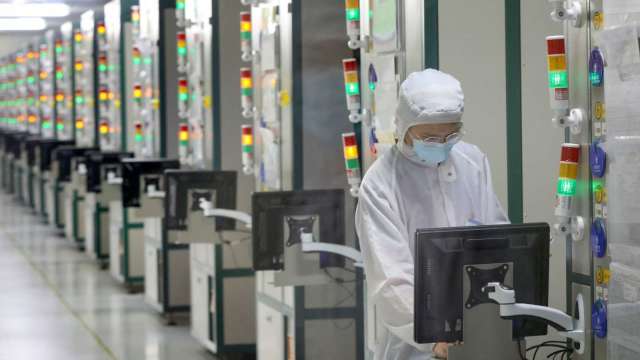After U.S. President Biden signed the “Chip and Science Act”, people in the semiconductor industry believe that there are two major strategies for China’s semiconductors in the short term, namely accelerating the localization of the semiconductor industry and expanding the layout of mature processes. In the future, the global semiconductor industry supply chain is likely to appear. The two camps of China and the United States.
Financial magazine reported that for the sake of supply chain security, Chinese chip design companies have shown a trend of prioritizing domestic suppliers in recent years. Designers seek out foundries to jointly develop production lines, which in turn drives the domestic equipment market.
Previously, many employees of domestic equipment manufacturers and parts manufacturers said that without a large number of customers, equipment and products would lack opportunities for continuous and rapid update, and it would be difficult to develop. In the past two years, the situation is changing, and the winning rate of domestic equipment has increased significantly, providing fertile ground for domestic equipment manufacturers to improve their technology.
A head of the R&D department of a domestic component manufacturer said that in the past, they supplied MOCVD equipment to China Micro Semiconductor. Today, they have not only scored Sanan Optoelectronics (600703-CN) supply chain, and has become a supplier of an index MOCVD manufacturer in Germany.
Another path chosen by the Chinese semiconductor industry is to expand the layout of mature processes. 28nm is the dividing line, 28nm and below are called “advanced process”, and above 28nm is called “mature process”. Electronic products using advanced manufacturing processes are mainly smartphones. Chips required for other electronic devices, such as 5G radio frequency, Bluetooth, fingerprint, and automotive chips, are mostly in the category of mature manufacturing processes.
According to IBS, a third-party data agency, in the semiconductor foundry market in 2020, the market share of 28nm and above will be about two-thirds. In the next five years, the advanced process market will continue to expand, but the market share of mature processes will continue to grow. rate will not be lower than 50%. This means broad opportunities for China’s semiconductor industry.
The Securities Times reported that the head of a heavyweight semiconductor component distributor in China said: “In the era of supply chain security first, the two-way blockade and long-term fragmentation of the global semiconductor system may be inevitable. In the past, the development of the domestic semiconductor industry was a blowout. Relatively easy links are quickly promoted; now domestic semiconductors need to enter the fields of semiconductor equipment and materials with higher technical thresholds, which will take longer and the process will be slower.”
Zhao Zhanxiang, a partner of Yunxiu Capital, also said: “It is a high probability event that the semiconductor industry will form two supply chain systems in China and the United States in the future.” On the other hand, the domestic semiconductor industry chain is simply replacing the supply chain level such as mobile phones in the past, and is tackling the “stuck neck” link, which includes data center CPU, GPU chips, memory chips, and high-end automotive chips. It is difficult to promote, and the state must concentrate its efforts on long-term investment.”
–


